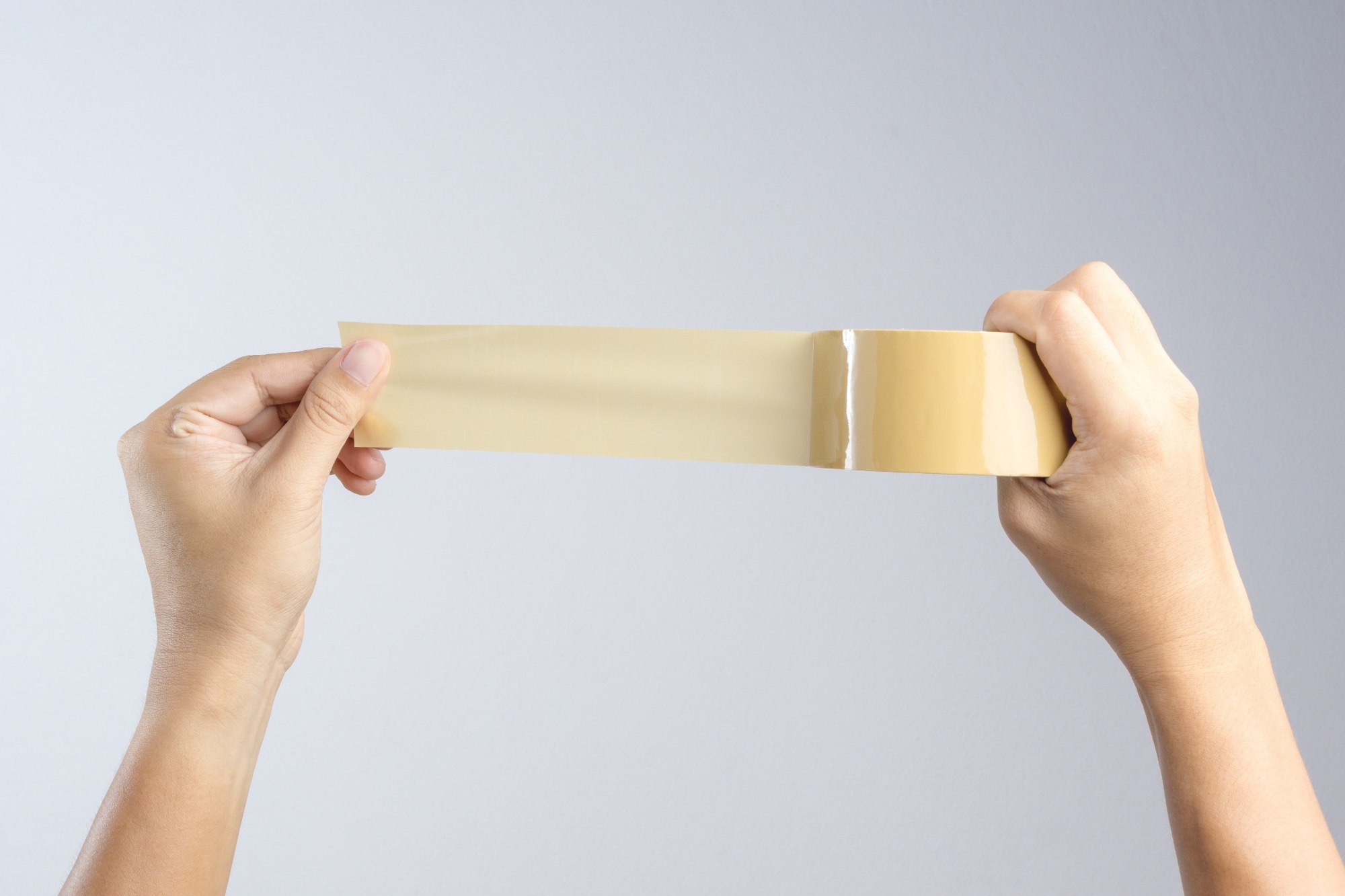While owning an old roll of packing tape or a classic gaming system, it is possible to have noticed how plastics become yellow with time. Even though the synthesis of molecules that serve as dyes has long been thought to be the source of this color change, the actual chemical changes that occur have remained a mystery.

Image Credit: Shutterstock.com/BonNontawat
According to an article published in ACS Applied Polymer Materials, researchers have now pointed to surface-based chiral nanostructures as a potential offender.
Designing substitutes that can avoid these degradation pathways and provide plastic products with a longer lifespan requires understanding the mechanisms underlying how and why polymers deteriorate with time.
For polyethylene, one of the most widely used plastics, it has long been hypothesized that the yellow color shift results from reactions in the polymer’s structural backbone that are triggered by ultraviolet (UV) light, the same light that causes sunburns.
The polymeric backbone of polyethylene underwent chemical changes after exposure to UV light, yet these new structures cannot explain the yellowing of polyethylene.
The development of nanoscale “supramolecular” structures on the surfaces of plastics which have a predictable impact on their characteristics, is one new technique for purposefully changing the color and interactions of plastics with light.
These surface-based innovations prompted Margaret M. Elmer-Dixon, Melissa A. Maurer-Jones, and others to investigate if UV light-induced nanostructures might be the root of polyethylene yellowing.
Initially, the researchers looked at how possible structures created on the surfaces of yellowed polyethylene films interacted with circularly polarized light, a sort of light with waves rotated either right or left-handed.
In these trials, the quantity of circularly polarized light that the film could absorb varied according to the orientation of the film, indicating that the yellowed plastic could have new chemical structures that are chiral or directed and distinct from their mirror images.
Additional tests revealed that the surface of the films was the site of the most degradation during film yellowing. The researchers concluded that the chiral chemical structures on the polyethylene films’ surfaces are formed when exposed to UV light and could thus be a factor in the yellow color of aged plastics.
According to them, these revelations could aid in developing more durable plastic products.
The University of Minnesota, Duluth, the University of Minnesota McKnight Foundation, and the US Department of Energy have provided support to the authors.
Journal Reference:
Elmer-Dixon, M. M., et al. (2022) Could Superficial Chiral Nanostructures Be the Reason Polyethylene Yellows as It Ages? ACS Applied Polymer Materials. doi:10.1021/acsapm.2c00877